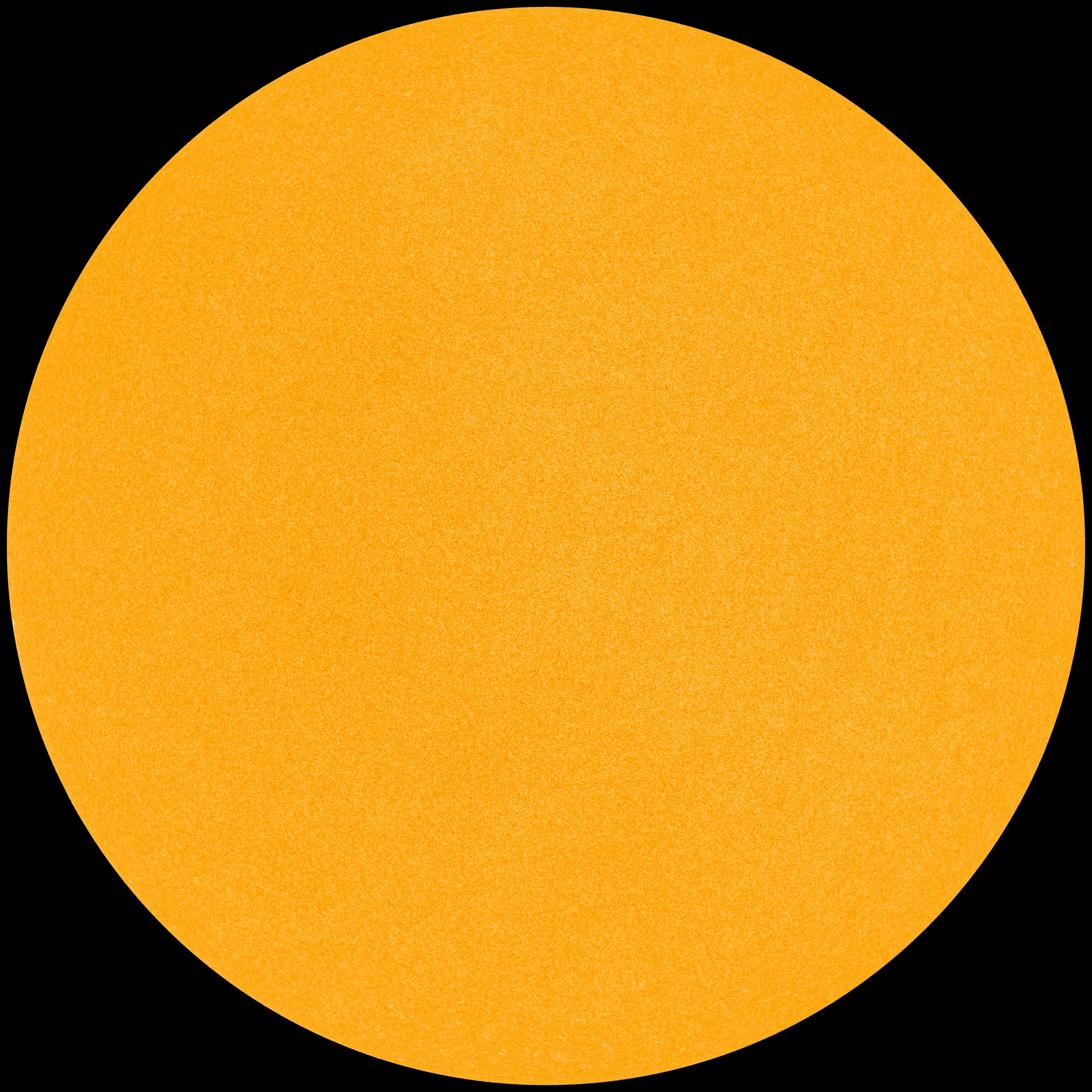11:35 AM | *Historic solar minimum fast approaching…sun is blank already for 51st day in 2018*
Paul Dorian
The sun is blank today for the 10th day in a row and has been blank 57% of the time this year; courtesy spaceweather.com, NOAA, NASA
Overview
The sun is blank today for the 10th straight day and it has been without sunspots this year more than half the time as the current solar cycle (#24) heads towards the next solar minimum. The last time the sun was this blank in a given year on a percentage basis was 2009 during the last solar minimum when 71% of the time was spotless. That last solar minimum actually reached a nadir in 2008 when an astounding 73% of the year featured a spotless sun - the most spotless days in a given year since 1913. All indications are that the upcoming solar minimum may be even quieter than the last one which was the deepest in nearly a century. One of the natural consequences of low solar activity is the weakening of the solar wind and its magnetic field which, in turn, allows for the intensification of cosmic rays and easier access to Earth.
Solar Cycle 24
The current solar cycle is the 24th solar cycle since 1755 when extensive record-keeping of sunspot activity began and it on pace to be the weakest sunspot cycle since cycle 14 peaked in February 1906. Solar cycle 24 began in December 2008 and had minimal activity until early 2010 and then reached a maximum in April 2014. Solar cycle 24 continues a recent trend of weakening solar cycles which began when solar cycle 21 peaked around 1980 and some are already forecasting the next solar cycle (#25) to be even weaker than this one (e.g., reference 1, reference 2).
Daily observations of the number of sunspots since 1 January 1900 according to Solar Influences Data Analysis Center (SIDC). The thin blue line indicates the daily sunspot number, while the dark blue line indicates the running annual average. The recent low sunspot activity is clearly reflected in the recent low values for the total solar irradiance. Data source: WDC-SILSO, Royal Observatory of Belgium, Brussels. Last day shown: 28 February 2018. Last diagram update: 1 March 2018. (Credit climate4you.com)
Galactic Cosmic Rays
One of the natural impacts of decreasing solar activity is the weakening of the ambient solar wind and its magnetic field which, in turn, allows more and more cosmic rays to penetrate the solar system. Galactic cosmic rays are high-energy particles originating from outside the solar system that can impact the Earth’s atmosphere. Our first line of defense from cosmic rays comes from the sun as its magnetic field and the solar wind combine to create a 'shield' that fends off cosmic rays attempting to enter the solar system. The shielding action of the sun is strongest during Solar Maximum and weakest during Solar Minimum with the weakening magnetic field and solar wind. The intensity of cosmic rays varies globally by about 15% over a solar cycle because of changes in the strength of the solar wind, which carries a weak magnetic field into the heliosphere, partially shielding Earth from low-energy galactic charged particles (source).
Spaceweather.com has sponsored the launching of space weather balloons to the stratosphere almost weekly since 2015. Sensors onboard those balloons show a 13% increase in radiation (X-rays and gamma-rays) penetrating our planet's atmosphere between March 2015 and January 2018. (Credit spaceweather.com)
Evidence of an increase in stratospheric radiation
One way to monitor cosmic ray penetration into the Earth’s upper atmosphere is to measure stratospheric radiation over an extended period of time. “Spaceweather.com” has led an effort for nearly three years to monitor radiation levels in the stratosphere over California with frequent high-altitude helium balloon flights. These balloons contain sensors which detect X-rays and gamma-rays in the energy range 10 keV to 20 MeV and are produced by the crash of primary cosmic rays into Earth's atmosphere. These energies span the range of medical X-ray machines and airport security scanners. The findings confirm the notion that indeed cosmic rays have been steadily increasing over California as solar cycle 24 heads towards the next solar minimum. In fact, there has been a 13% increase of stratospheric radiation over California from March 2015 to January 2018.
Consequences of increasing cosmic rays: cloud cover/climate
The correlation between cosmic rays and cloud cover over a solar cycle was first reported by Svensmark and Friis-Christensen in 1997. A more recent study by Svensmark published in the August 2016 issue of Journal of Geophysical Research: Space Physics continues to support the idea of an important connection between cosmic rays and clouds.
In this publication, the authors found that “the observed variation of 3–4% of the global cloud cover during the recent solar cycle is strongly correlated with the cosmic ray flux. This, in turn, is inversely correlated with the solar activity. The effect is larger at higher latitudes in agreement with the shielding effect of the Earth's magnetic field on high-energy charged particles. The above relation between cosmic ray flux and cloud cover should also be of importance in an explanation of the correlation between solar cycle length and global temperature”.
Meteorologist Paul Dorian
Vencore, Inc.
vencoreweather.com



